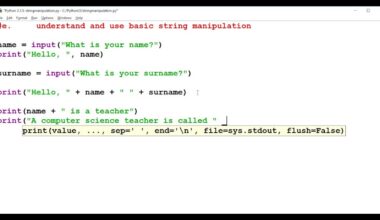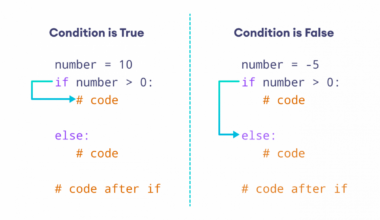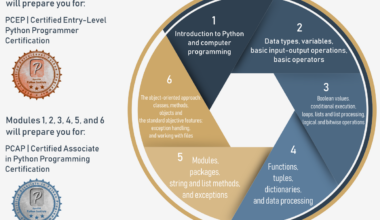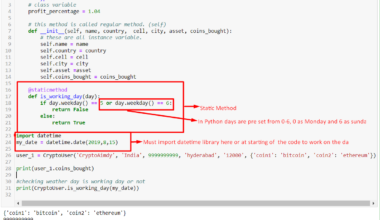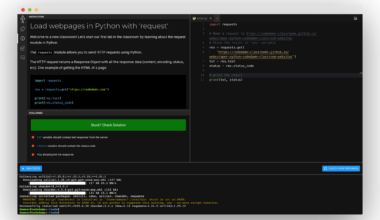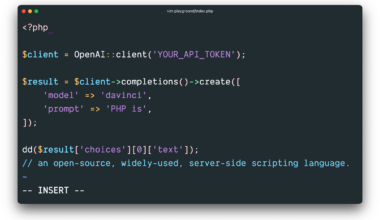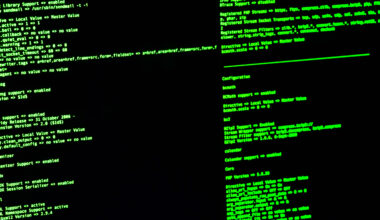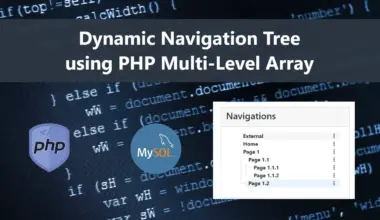Introduction: Understanding Python Functions
As a Python developer, you must have come across the term “functions.” In simple terms, functions are a group of related statements that perform specific tasks. Functions are essential in programming as they help you write efficient and reusable code.
In Python, functions are defined using the “def” keyword, followed by the function name and parentheses. You can also pass parameters to the function inside the parentheses. Here is an example of a simple Python function:
def greet(name):
print("Hello, " + name + ". How are you?")
In the above example, the function name is “greet,” and it takes one parameter, “name.” The function’s task is to print a greeting message with the name passed as an argument.
Functions are an integral part of Python programming, and you can use them to perform various tasks. They can help you break down complex code into smaller, more manageable parts, making it easier to read and debug.
In the upcoming sections, we will look at the advantages of using functions, common mistakes to avoid, and best practices for writing Python functions. By the end of this article, you will have a solid understanding of Python functions and how to use them to write efficient and maintainable code.
Advantages of Using Functions in Python
Functions offer several advantages in Python that make them an essential tool in programming. Here are some of the advantages of using functions in Python:
1. Code Reusability
One of the significant advantages of using functions in Python is code reusability. When you write a function, you can use it multiple times in your program, reducing the amount of code you need to write. This can save you a lot of time and effort, especially when working on larger projects.
2. Improved Code Organization
Functions help you organize your code better by breaking it down into smaller, more manageable parts. This makes it easier to read and understand your code, as well as debug it when necessary.
3. Reducing Code Duplication
Functions can help you reduce code duplication by allowing you to reuse the same piece of code in multiple places. This not only saves you time and effort but also reduces the chances of errors occurring in your code.
4. Modularity
Functions promote modularity in your code, which means you can change one part of your code without affecting others. This makes it easier to maintain your code and update it as needed.
5. Testing and Debugging
Functions make it easier to test and debug your code by providing a clear definition of what each function does. This makes it easier to identify errors and fix them quickly.
In conclusion, using functions in Python offers many advantages that can help you write more efficient and maintainable code. By taking advantage of these benefits, you can write better code that is easier to read, debug, and maintain.
Common Mistakes to Avoid in Python Function Coding
While Python functions are a powerful tool, there are some common mistakes that beginners often make when coding them. Here are some of the most common mistakes to avoid when coding Python functions:
1. Not Using Return Statements Correctly
One of the most common mistakes made when coding Python functions is not using return statements correctly. A return statement is used to return a value from the function to the calling code. If you forget to use a return statement or use it incorrectly, your function may not behave as expected. Make sure to use return statements correctly to ensure that your function works correctly.
2. Using Mutable Default Arguments
Another common mistake when coding Python functions is using mutable default arguments. Mutable default arguments are arguments that have a default value that is mutable, such as a list or dictionary. If you modify the default argument, it can affect other calls to the function. To avoid this, use immutable default arguments or use a None value as the default argument.
3. Overcomplicating Functions
Another common mistake made when coding Python functions is overcomplicating them. Functions should be simple and easy to understand. If your function is too complicated, it can be difficult to read and debug. Instead, break down complex tasks into smaller, more manageable functions.
4. Not Using Docstrings
A docstring is a string literal that appears as the first statement in a function. It provides documentation about the function and how it should be used. Not using docstrings can make it difficult for other developers to understand your code. Make sure to use docstrings to provide clear and concise documentation for your functions.
5. Not Handling Exceptions
Another common mistake made when coding Python functions is not handling exceptions. Exceptions are raised when an error occurs in your code. If you do not handle exceptions correctly, your program may crash or behave unexpectedly. Make sure to handle exceptions correctly to ensure that your program runs smoothly.
In conclusion, by avoiding these common mistakes when coding Python functions, you can write more efficient, maintainable, and bug-free code. Remember to use return statements correctly, avoid using mutable default arguments, keep your functions simple, use docstrings, and handle exceptions properly. With these best practices, you can become a more skilled Python developer
Best Practices for Writing Python Functions
Python functions are a powerful tool for writing efficient and reusable code. Here are some best practices to follow when writing Python functions:
1. Use Descriptive Function Names
Choose a descriptive name for your function that accurately describes what it does. This makes it easier for other developers to understand your code and makes your code more readable. For example, if your function calculates the area of a circle, name it “calculate_circle_area” instead of “func1.”
2. Use the “return” Statement Correctly
The “return” statement is used to return a value from the function to the calling code. Make sure to use it correctly to ensure that your function works correctly. If your function does not need to return a value, use “return None” to make it clear that the function does not return anything.
3. Write Short Functions
Functions should be short and concise, performing a single task. If a function becomes too long, break it down into smaller functions. This makes your code easier to read and understand, as well as easier to test and debug.
4. Use Parameters Effectively
Parameters are variables that are passed to a function when it is called. Use parameters effectively to make your code more flexible and reusable. Make sure to use descriptive names for your parameters, and use default parameters when appropriate.
5. Avoid Global Variables
Global variables are variables that are defined outside of a function and can be accessed from anywhere in your code. Avoid using global variables, as they can make your code difficult to read and understand. Instead, pass variables as parameters to your functions.
6. Use Docstrings and Comments
Docstrings are a type of comment used to provide documentation for your functions. Use docstrings to describe what your function does, what parameters it takes, and what it returns. Use comments to explain any complex code or to provide additional information.
7. Test Your Functions
Testing your functions is essential to ensure that they work as expected. Write test cases that cover all possible scenarios and edge cases. This helps to identify any errors or bugs in your code before it is deployed.
In conclusion, following these best practices when writing Python functions can help you write more
Final Thoughts: The Importance of Python Functions in Coding
Python functions are an essential tool for any Python developer. They help you write more efficient and reusable code, making it easier to read, debug, and maintain. By using functions correctly, you can break down complex tasks into smaller, more manageable parts, reducing the amount of code you need to write.
Functions offer several advantages in Python, including code reusability, improved code organization, and modularity. By taking advantage of these benefits, you can write better code that is easier to read, understand, and update.
However, it’s essential to avoid common mistakes when coding Python functions, such as not using return statements correctly, overcomplicating functions, and not handling exceptions properly. By following best practices, such as using descriptive function names, writing short functions, and using docstrings, you can write more efficient and maintainable code.
In conclusion, Python functions are a powerful tool that every Python developer should master. By using functions correctly and following best practices, you can write better code that is easier to read, debug, and maintain. So, take the time to learn how to use Python functions effectively, and you’ll be on your way to becoming a skilled Python developer.











